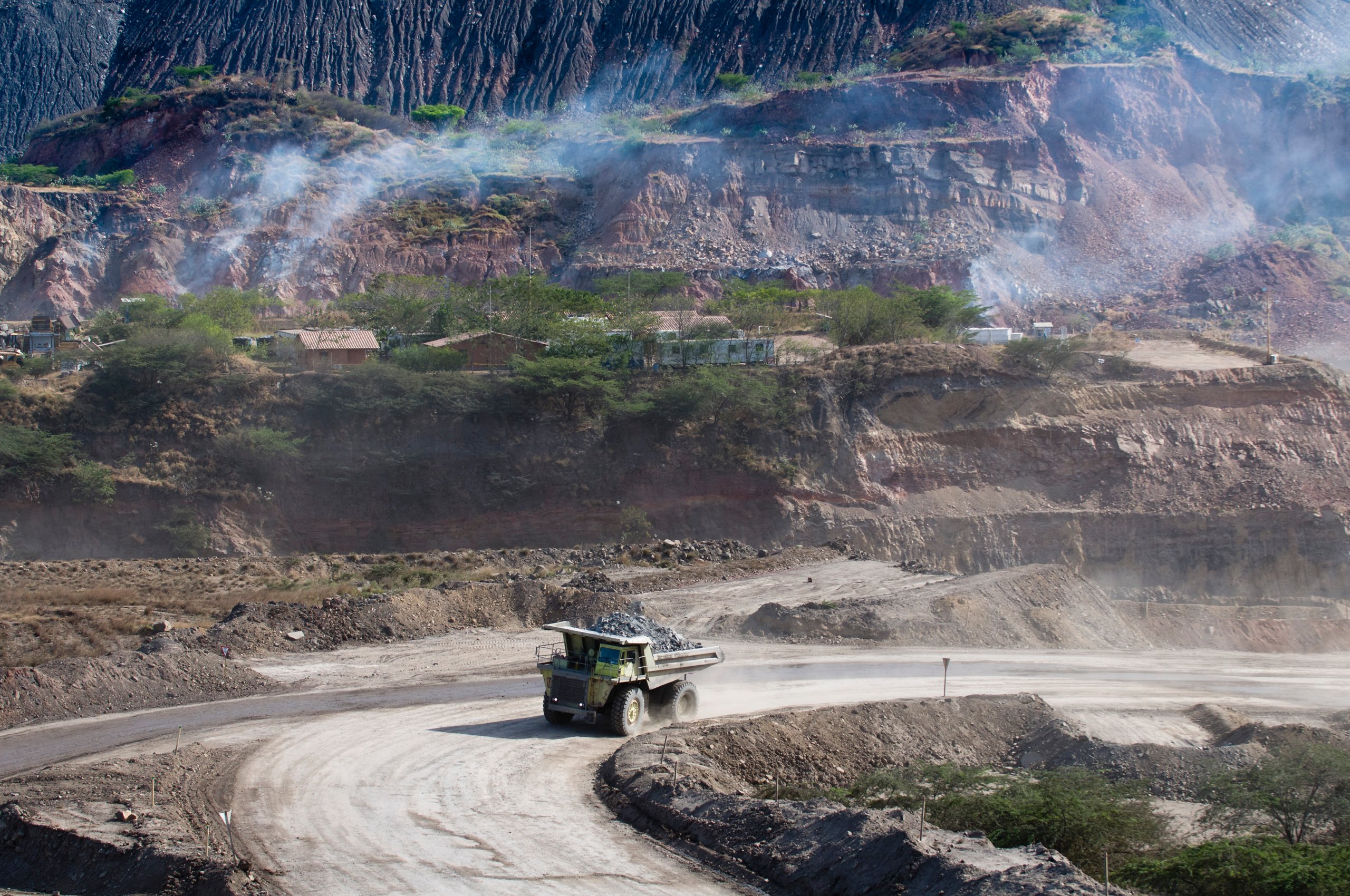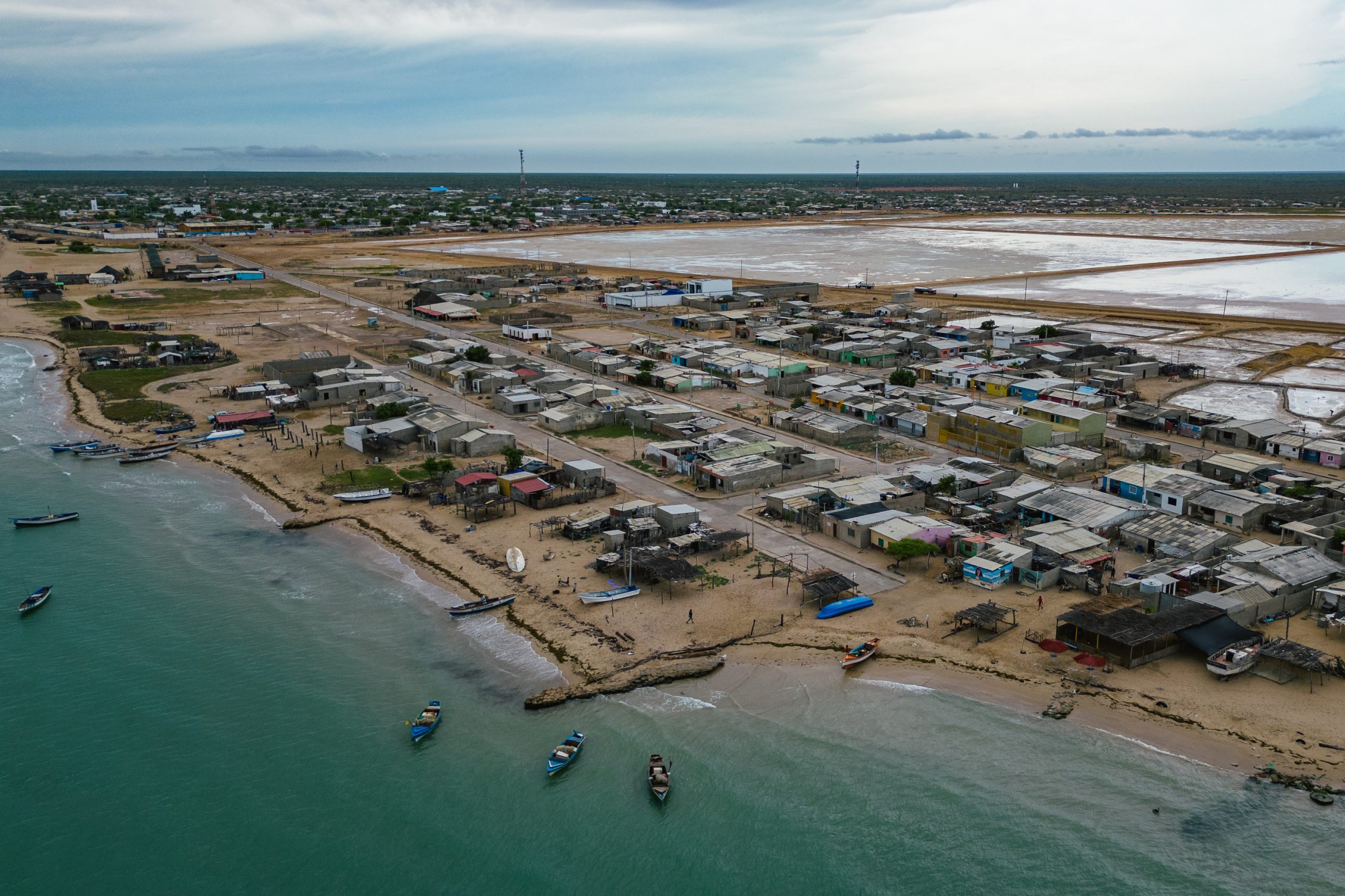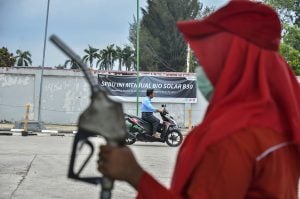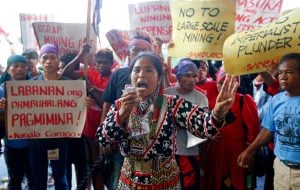Colombia’s president, Gustavo Petro, has put the term “decarbonisation” on the lips of all Colombians.
Since taking office in 2022, he has made the move away from fossil fuels one of the central goals of his administration, and sought to position the country, long dependent on such fuels for export, as a leader in the global energy transition. “Even though our nation still relies on oil and coal… between fossil capital and life, we unequivocally choose life,” he told last year’s United Nations’ COP28 climate conference.
The president has backed up his grand rhetoric with several decisions and policies that may change the outlook for the country’s coal industry. In 2023, Colombia shipped nearly 54.5 million tonnes of thermal coal, making it the world’s fifth-largest exporter of the energy source. But in the same year, the National Mining Agency removed thermal coal from its list of strategic minerals – a signal that the government is betting on other areas for industrial development.
Earlier this year, the Ministry of Mines and Energy made public the country’s draft Mining Law for the Fair Energy Transition, National Reindustrialisation and Mining for Life. This piece of legislation aims to shift the focus from satisfying the demands of extractive industries to improving dialogue with communities living in mining areas, as well as preparing the country for a just energy transition. One of the most controversial articles, Article 23, proposes the prohibition of new contracts for the exploration and exploitation of thermal coal, although the bill is likely to face challenges when it is brought before congress.
Most recently, in September, the government launched a USD 40 billion portfolio aiming to attract investments to aid the country in a transition away from fossil fuels and support adaptation to climate change.
However, despite the launch of such initiatives, there is still much discussion around the issue of a just energy transition in Colombia, with uncertainty in some areas of society about the economic consequences of decarbonisation. In particular, Colombian workers and communities who have come to depend on coal mining have been left wondering how the government will ensure the transition is socially, economically and environmentally just.
Coal in Colombia
In the international market, there are two main types of coal: thermal coal, mainly used in thermoelectric power plants, and metallurgical coal, used in steelmaking. In Colombia, use of this fuel for energy is low: only 8% of the thermal coal extracted is used for domestic consumption, while the rest is exported.
In some areas of the country, such as the northern departments of La Guajira and Cesar, where over 90% of the country’s coal production is concentrated, the economy and workforce is dependent on this resource. Over 35% of the GDP of these departments comes from coal extraction, with large-scale coal mining providing around 30,000 direct jobs annually. There are no official figures for jobs generated by coal mining in the country’s Andean region to the south, where the coal for domestic thermoelectric plants comes from. In 2023, coal accounted for over 36% of Colombia’s energy production, and 10.8% of electricity generation.
With the shift away from fossil fuels, studies indicate the likelihood of falling global demand for coal in the coming years, though in the short-term, growth in India and Asia-Pacific will offset declines in Europe and the United States. Demand from China, the world’s biggest coal user, is forecast to peak within the year, and fall by a third by 2040.
In response to questions from Dialogue Earth, the Ministry of Mines and Energy said that, apart from Colombia’s commitment to Paris Agreement goals, the country’s transition is necessary due to the need to adapt to a changing market. “As non-conventional renewable energy sources gain ground, the use of thermoelectric plants and the demand for coal will decrease,” it noted. “This implies the need to adopt preventive actions in terms of labour reconversion, economic diversification and territorial work to mitigate the impact on coal-dependent communities.”
Just transition?
A just energy transition has been broadly defined as a process that allows for investment in new energy and economic alternatives, without perpetuating the dominance of fossil fuel-based systems. It acknowledges that within fossil fuel industries such as mining, just as important as dealing with the environmental consequences of their activities are mitigating the economic effects of decarbonisation, and ensuring social protection measures are in place for individuals and communities dependent on the industry for their livelihood.
Even before a possible transition, the Colombian coal industry is one that has already faced scrutiny over its record on matters of justice, with various investigations showing how labour and environmental abuses are often a common reality. The impacts “are seen in the water, the soil, the damage to communities, the violation of labour rights, the violation of community rights, the violence that is generated,” says Juan Carlos Solano, secretary of Sintracarbón, a coal workers’ union. He adds that in places like La Guajira, Indigenous Wayúu and Afro-descendant communities have experienced violence by armed actors in acts related to mining activities – an account that echoes complaints filed by various NGOs surrounding acts carried out at Cerrejón, Latin America’s largest open-pit mine.
In order to build a “post-extractive” future and engage in a genuine transition, a change in the economic model must happen, Colombian civil society representatives told a workshop held by the Stockholm Environmental Institute (SEI) on navigating from coal to a just transition in the Colombian Caribbean. The institute’s report on the workshops notes that participants highlighted how the process of a just transition of thermal coal requires reparation of environmental and community damages, economic diversification, and consideration of territorial sovereignty. Locals’ perspectives and participation in decision-making is crucial, participants noted.
There will also be economic and social costs related to the transition, namely that of investment in and maintenance of the transition, as well as employment prospects and possibility of conflicts in areas that were dependent on one type of energy or economy, wrote environmental sciences researcher Mario Alejandro Pérez Rincón in a 2024 book on energy transition and environmental justice in Colombia.
The impacts are seen in the water, the soil, the damage to communities, the violation of labour rights and the violation of community rightsJuan Carlos Solano, secretary of the Sintracarbón coal workers’ union
One case that may be reflective of the wider challenges that Colombia will face in its decarbonisation process is the 2021 closure of mines owned by Prodeco, a subsidiary of the multinational mining company Glencore, in the municipality of La Jagua in Cesar.
Claiming that it was not profitable to continue operations, the company returned three concessions at two mining sites back to the state, after initially requesting to surrender five. This led to problems including unemployment and business closures, a decrease in taxes and tax revenues, and an already struggling municipality being forced to deal with the economic, social and environmental consequences of the closures without assistance and with just a small budget, noted the SEI report.
Moreover, by using the legal technicality of relinquishing the concessions instead of closing the mines outright, the company was seen as “taking advantage of this situation to leave and, perhaps, exempt itself from various environmental and social responsibilities it has,” Rosa Peña, lawyer for the Interamerican Association for Environmental Defense (AIDA), claimed to El Espectador in 2022.
How is a transition being planned?
The Ministry of Mines and Energy told Dialogue Earth that some of the milestones it seeks to achieve in ensuring a just transition to new economies include a revitalisation of nature with social inclusion, diversification of exports, transition of energy sources and “using the financial surpluses of coal and oil to make an energy transition that leads the country towards a green economy”.
Economic alternatives to coal are already being seen in both La Guajira and Cesar, as part of the economic diversification of these departments. According to the ministry’s Mining and Energy Planning Unit (UPME), there are 22 renewable energy projects under construction or active in La Guajira as of May 2023. The unit had also logged five solar farm projects as being underway in the department, with a combined production capacity of 1,107 MW.
“In the case of La Guajira, the transition to renewables requires immediate action to ensure that this new sector develops in harmony and with local actors, promoting development processes with a local focus,” José Vega Araujo, a research associate at the SEI, tells Dialogue Earth. Just because an energy source is renewable does not mean that the new economic model proposed is “fair”, he notes: “These new technologies must be accompanied by a series of strategies that allow local communities to have decision-making power and participation in the benefits that are generated.”
The department has been facing difficulties progressing wind energy projects due to breakdown in relations between companies and Indigenous communities. Negotiations are taking place between companies and communities where “there is no referee, no arbitrator, no mediator with the capacity to guarantee balanced conversation processes,” leading to the cancellation of projects from Enel and Celsia, Araujo notes.
Tensions have also been brewing in communities in the department surrounding the Guajira I wind farm, where claims of violence arising from disagreements over compensation have plagued local communities.
In Cesar, meanwhile, the exploration for silver and copper deposits raises the possibility of transitioning mining extraction to other raw materials important for decarbonisation, while seeking to prevent the abuses of the current model from being replicated. “You can continue mining, but you have to change the mining and energy policy at the national level,” says Solano.
The Colombian government has been in discussions with stakeholders on a roadmap for the decarbonisation of the country, publishing scenarios and guides for the construction of this plan. The mines and energy ministry told Dialogue Earth that this roadmap seeks to provide clarity on three aspects: identifying trajectories for decarbonisation, taking into account the projected drop in demand in global markets; stipulating key actions for an energy transition with consideration of efficiency and favourable costs, and promoting economic diversification processes.
“This applies not only to coal-producing regions, but is also aimed at other territories historically dependent on the hydrocarbon economy,” the ministry said.
It is possible that the market will eventually force the hand of the government and multinational companies, with reports that China, the world’s largest importer of thermal coal, may be lowering its demand for imports of the fuel in the second half of 2024. In the first quarter of the year, exports of Colombian coal to China had surged significantly compared to the same period in 2023, and amid falling demand from Europe, Asian buyers were said to be “the sustaining factor” for Colombian production.
In the meantime, however, the challenge for the Colombian government is to continue working to chart a path to transition that not only meets its environmental commitments, but also delivers fairness for the workers and communities that have depended on coal.










